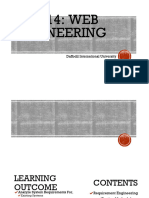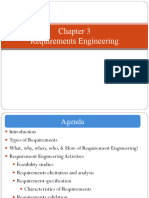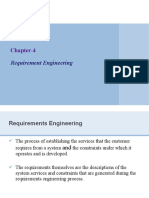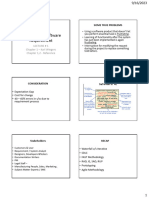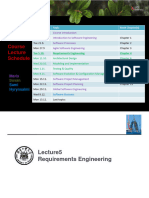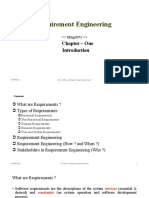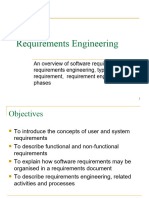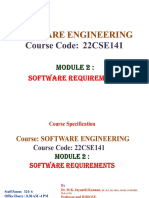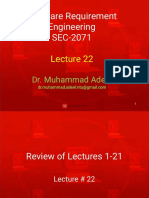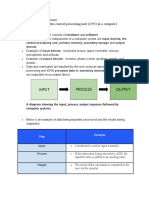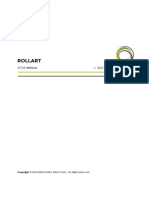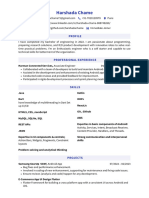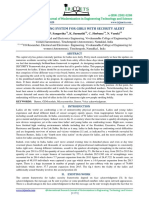0% found this document useful (0 votes)
6 views34 pagesLecture 2
The document outlines the curriculum for CSE414: Web Engineering at Daffodil International University, focusing on requirement engineering, software testing methodologies, and the differences between software and web engineering. It emphasizes the importance of understanding user and system requirements, as well as the iterative process of requirements engineering. Additionally, it covers various testing stages and methods to ensure software quality and validation.
Uploaded by
XAnderCopyright
© © All Rights Reserved
We take content rights seriously. If you suspect this is your content, claim it here.
Available Formats
Download as PDF, TXT or read online on Scribd
0% found this document useful (0 votes)
6 views34 pagesLecture 2
The document outlines the curriculum for CSE414: Web Engineering at Daffodil International University, focusing on requirement engineering, software testing methodologies, and the differences between software and web engineering. It emphasizes the importance of understanding user and system requirements, as well as the iterative process of requirements engineering. Additionally, it covers various testing stages and methods to ensure software quality and validation.
Uploaded by
XAnderCopyright
© © All Rights Reserved
We take content rights seriously. If you suspect this is your content, claim it here.
Available Formats
Download as PDF, TXT or read online on Scribd
/ 34

